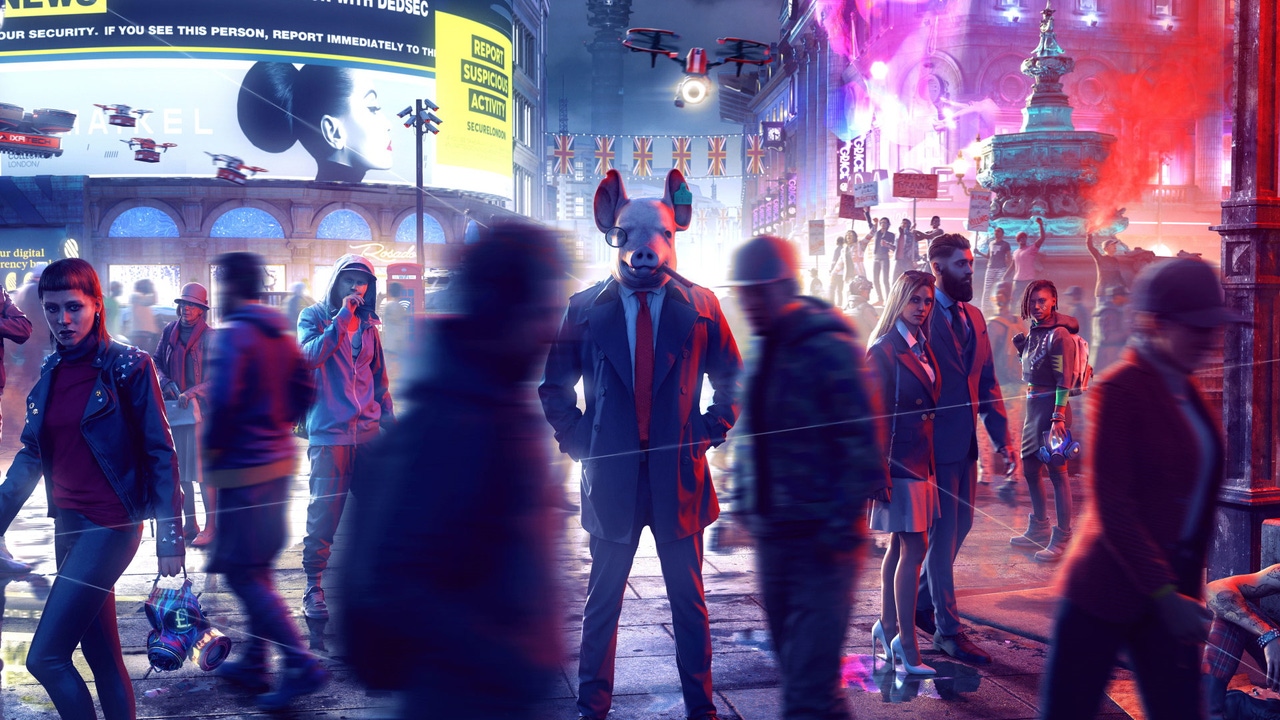Trending
Opinion: How will Project 2025 impact game developers?
The Heritage Foundation's manifesto for the possible next administration could do great harm to many, including large portions of the game development community.
The two developers have started integrating NVIDIA's AI-generated tools into their respective pipelines to help make NPCs for their games.

Ubisoft and Tencent have taken further steps to incorporate AI into game development. Both studios have begun to use NVIDIA's AI-generation tool, Ace.
The PC company broke the news itself at CES 2024. Both companies are some of the first major studios to use the technology, which also includes NetEase and Genshin Impact studio MiHoYo.
Ace was formally announced last year, and lets companies generate non-player characters with AI. The tool also covers lip-syncing, rendering into the game, and text-to-speech player translation.
Developers can now use a portion of the Ace toolset, as of today. However, NVIDIA doesn't specify what data is being used to train Ace, and when asked, the company told Digital Trends there was "no simple answer."
"Generative-AI-powered characters in virtual worlds unlock various use cases and experiences that were previously impossible," said Purnendu Mukherjee, founder of partner studio Convai.
Through Convai, developers can modify a character's backstory and personality. Per the press release, Convai's tools allow for NPCs to become fully formed within a matter of minutes.
Ubisoft already made clear its intent to use AI last year with its Ghostwriter tool. Like Ace, it was made with NPCs in mind, though it's made internally at the developer rather than from an outside team.
Notably, it was also made with feedback from various Ubisoft writers. When used, writers can polish samples made from AI-generated barks for NPCs.
Both tools are joined by Microsoft's AI design tools revealed this past November. Made with AI studio Inworld, the tools are meant to help Xbox developers with various parts of narrative and quest design.
Tools such as these theoretically help ease the burden of game development. But stigma around the technology remains: this weekend, Wizards of the Coast faced criticism for using AI art to promote Magic: The Gathering.
After much scrutiny from the community, it admitted the promo art had "some AI components used."
Last year, Wizards had emphatically banned AI art in the use of its sourcebooks. Players have vocally decried the technology since its growing popularity, primarily for being trained on the work of actual artists and not giving proper financial compensation.
"We need to update the way we work with vendors on creative beyond our products," acknowledged WOTC. "Along with so many others, we also want to get better at understanding whether and how AI is used in the creative process."
At GDC 2023, developers were cautious (but open) about generative AI's help with lightening the load of development. For those not fully bought in, the choice may soon be made for them.
Game Developer and GDC are sibling organizations under Informa Tech.
Read more about:
Generative AIYou May Also Like